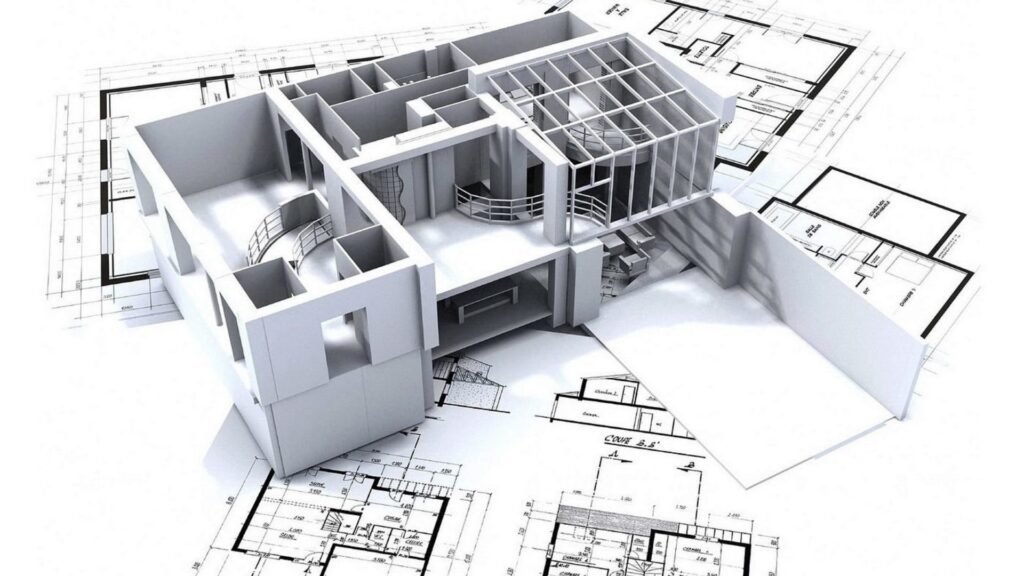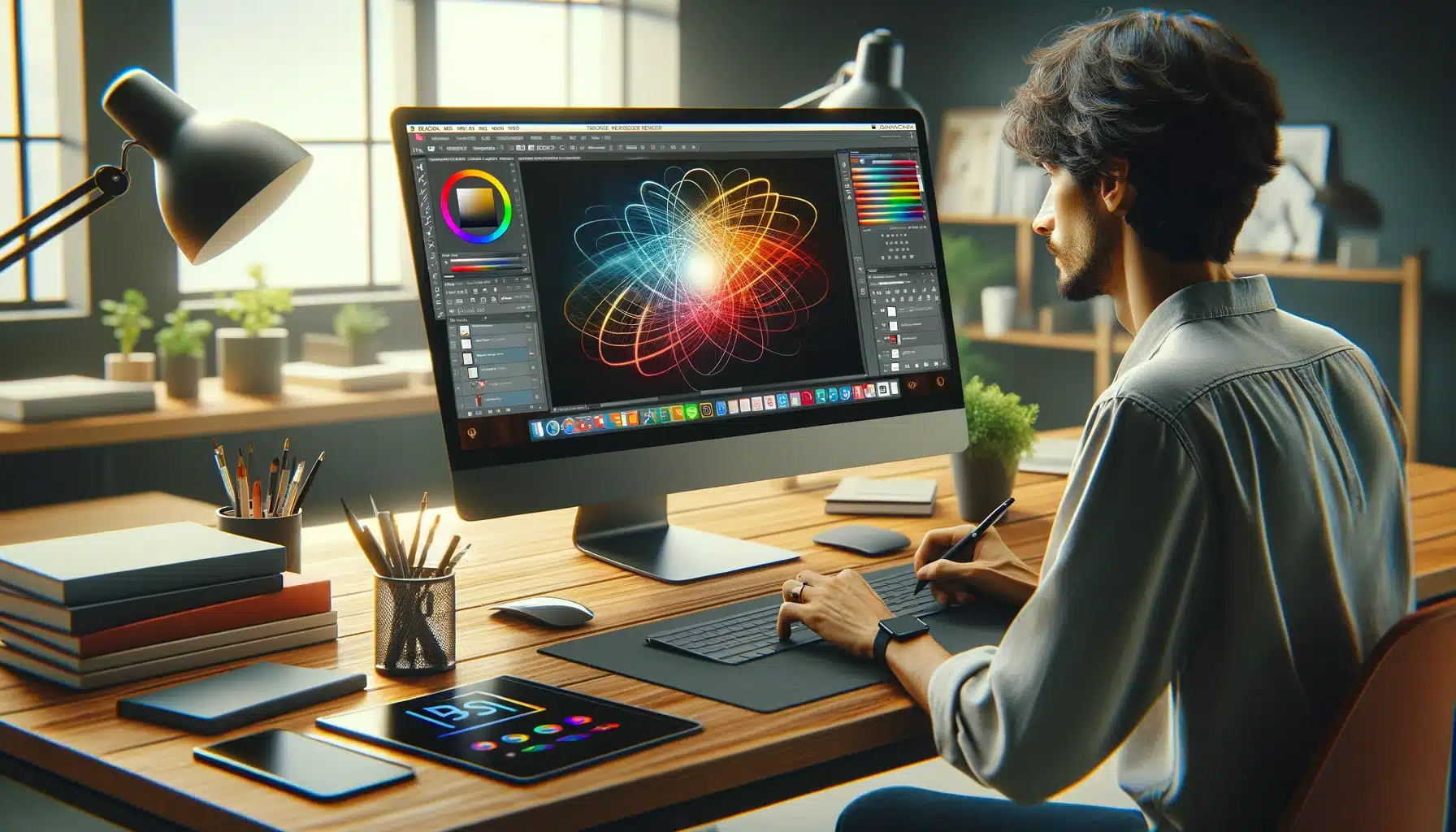Computer graphics play an increasingly important role in architecture, helping architects, designers, and engineers visualize concepts, improve designs, and communicate effectively with clients and stakeholders. From conceptual sketches to fully immersive 3D environments, computer graphics have revolutionized the way architecture is designed, presented, and constructed. In this article, we’ll explore the key reasons why computer graphics matter in architecture, highlighting the benefits they bring to the industry in terms of design, communication, and project management.

Enhanced Visualization of Designs
One of the most significant advantages of computer graphics in architecture is the ability to visualize designs before construction begins. Through advanced rendering techniques and 3D modeling, architects can create realistic images and animations that represent how a building or structure will look once completed.
Benefits of Enhanced Visualization:
- Realistic Representation: Architects can use 3D renderings and animations to create photorealistic images of buildings that allow clients to fully experience the design, including textures, lighting, and materials.
- Interactive Models: 3D models can be explored interactively, allowing clients to walk through virtual buildings, view the interior layout, and understand how spaces flow.
- Design Evaluation: Visualization allows architects and designers to test and evaluate designs more effectively, making adjustments to elements like proportions, color schemes, and material finishes based on how they appear in the rendered model.
By using computer graphics, architects can catch design flaws early, making revisions easier and more cost-effective.
Improved Design Accuracy and Precision
In architecture, precision is crucial.
How Computer Graphics Improve Design Accuracy:
- Precision Drafting: CAD software allows for the accurate drafting of blueprints and detailed plans, ensuring every measurement is exact.
- Conflict Detection: Many CAD and BIM (Building Information Modeling) tools offer automatic conflict detection. For instance, they can identify clashes between different building systems (e.g., plumbing and electrical) early in the design process, reducing the risk of costly mistakes during construction.
These advanced tools streamline the design process, reducing errors and improving the overall quality of architectural projects.
Streamlined Collaboration and Communication
In modern architecture, multiple stakeholders—architects, engineers, contractors, and clients—are involved in a project. Effective communication between these parties is vital for the success of any building project. Computer graphics facilitate clearer communication by providing visual references that everyone can understand.
Collaborative Benefits:
- BIM Integration: Building Information Modeling (BIM) integrates all aspects of a building design into a single, shared model. This allows architects, engineers, and contractors to work with the same data, ensuring everyone is on the same page and improving project coordination.
- Client Presentations: Rather than relying on static blueprints or 2D drawings, architects can present dynamic 3D models, interactive walkthroughs, or virtual reality (VR) experiences to clients, enabling them to better understand and engage with the design.
- Real-Time Changes: Computer graphics tools allow for real-time updates and revisions. Architects can make quick design changes, and clients or contractors can instantly see the results of those changes.
This level of collaboration reduces misunderstandings, minimizes delays, and helps keep projects on track.
Conclusion
Computer graphics have become indispensable in modern architecture. They provide architects with powerful tools to visualize designs, communicate ideas, improve accuracy, and make more informed decisions. Whether through 3D modeling, BIM, or immersive VR experiences, these technologies enhance nearly every aspect of the architectural process, from initial design to post-construction analysis.




